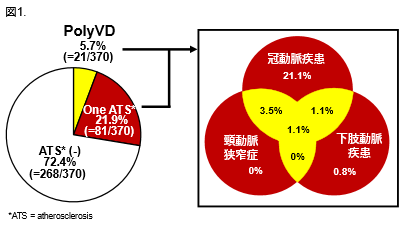喫煙した室内空間に残留する化学物質が家庭全体を危険にさらすという新しい研究結果が発表されました。 New study shows that chemicals lingering in indoor spaces where smoking took place put whole household at risk
2022-08-15 ローレンスバークレー国立研究所(LBNL)
家庭の表面に蓄積されたニコチンは、タバコの煙が消えた後も、ずっとTSNAを生成し続ける可能性があるのです。
本研究では、典型的な室内条件下で、吸入、粉塵摂取、経皮吸収というこれらすべての経路で曝露された場合、プロポジション65の一環としてカリフォルニア州環境健康有害性評価局が定めた「有意差なしリスクレベル」と呼ばれる健康ガイドラインを超えるNNK線量が発生することを発見しました。
<関連情報>
- https://newscenter.lbl.gov/2022/08/15/thirdhand-smoke-exposures/
- https://pubs.acs.org/doi/10.1021/acs.est.2c02559
タバコ特有のニトロソアミンの吸入、粉塵摂取、経皮吸収および表皮化学による三次暴露について Thirdhand Exposures to Tobacco-Specific Nitrosamines through Inhalation, Dust Ingestion, Dermal Uptake, and Epidermal Chemistry
Xiaochen Tang, Neal Benowitz, Lara Gundel, Bo Hang, Christopher M. Havel, Eunha Hoh, Peyton Jacob III, Jian-Hua Mao, Manuela Martins-Green, Georg E. Matt, Penelope J. E. Quintana, Marion L. Russell, Altaf Sarker, Suzaynn F. Schick, Antoine M. Snijders, and Hugo Destaillats
Environmental Science & Technology Published:July 28, 2022
DOI:https://doi.org/10.1021/acs.est.2c02559

Abstract
Tobacco-specific nitrosamines (TSNAs) are emitted during smoking and form indoors by nitrosation of nicotine. Two of them, N′-nitrosonornicotine (NNN) and 4-(methylnitrosamino)-1-(3-pyridyl)-1-butanone (NNK), are human carcinogens with No Significant Risk Levels (NSRLs) of 500 and 14 ng day–1, respectively. Another TSNA, 4-(methylnitrosamino)-4-(3-pyridyl) butanal (NNA), shows genotoxic and mutagenic activity in vitro. Here, we present additional evidence of genotoxicity of NNA, an assessment of TSNA dermal uptake, and predicted exposure risks through different pathways. Dermal uptake was investigated by evaluating the penetration of NNK and nicotine through mice skin. Comparable mouse urine metabolite profiles suggested that both compounds were absorbed and metabolized via similar mechanisms. We then investigated the effects of skin constituents on the reaction of adsorbed nicotine with nitrous acid (epidermal chemistry). Higher TSNA concentrations were formed on cellulose and cotton substrates that were precoated with human skin oils and sweat compared to clean substrates. These results were combined with reported air, dust, and surface concentrations to assess NNK intake. Five different exposure pathways exceeded the NSRL under realistic scenarios, including inhalation, dust ingestion, direct dermal contact, gas-to-skin deposition, and epidermal nitrosation of nicotine. These results illustrate potential long-term health risks for nonsmokers in homes contaminated with thirdhand tobacco smoke.


